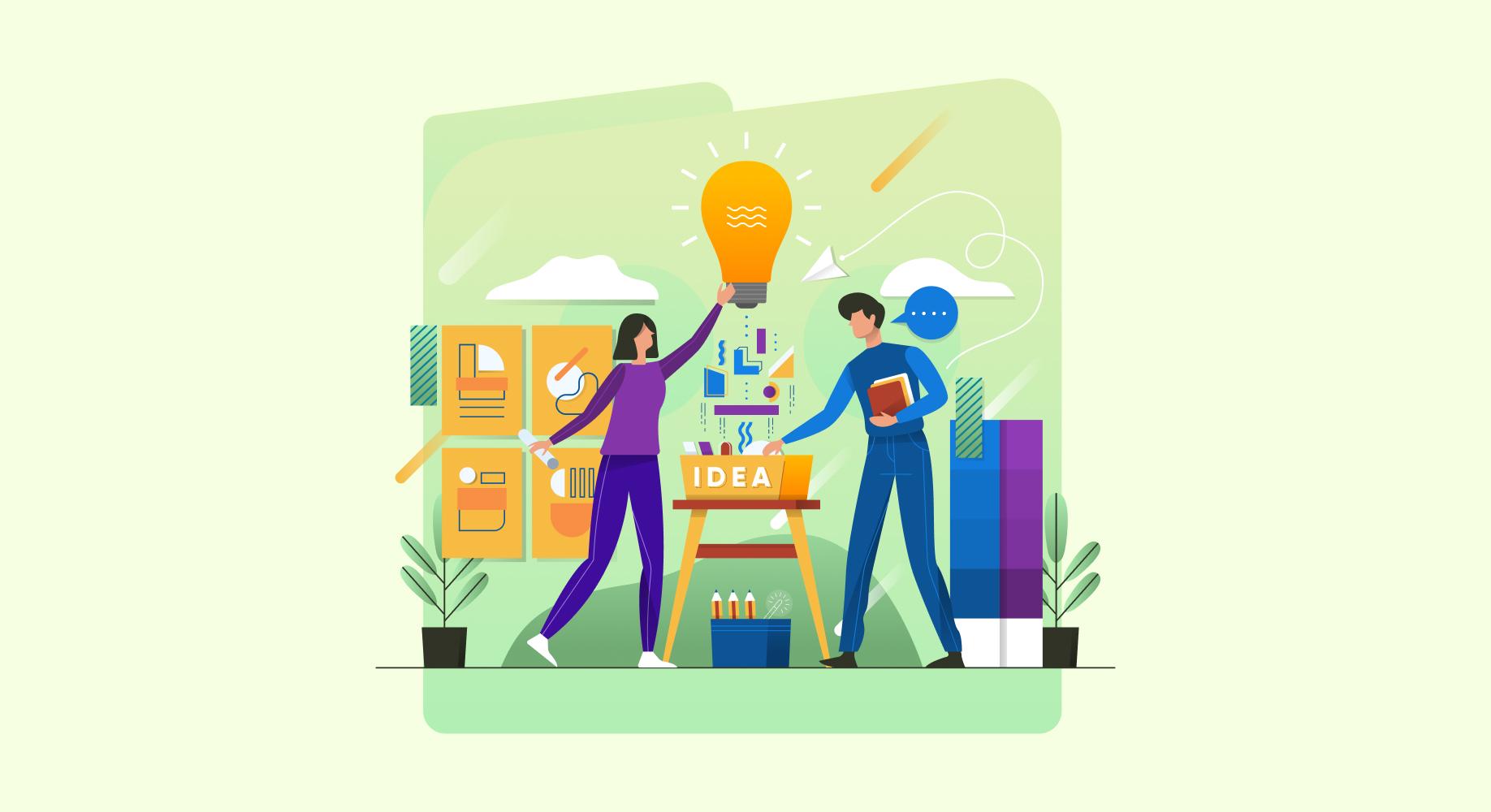The digital marketplace has become so fast-paced that yesterday’s innovation can easily become today’s trend. But if the products/services don’t keep up with the just-as-speedy customer evolutions and expectations, it could also die out just-as-fast and be replaced by something new.
It’s important to comprehend that competition for almost everything is extremely fierce and ‘static options’ struggle to survive. It is a culture of adaptation, where the ability to release, learn, refine, and improve is paramount. For an app design company, this is the core operating system.
In this sense, iteration is the art of refusing to settle on what works today. Rather than chasing perfection in a single release, adopting a philosophy of iterative design means building a good product and continuously improving it through learning cycles. The poster on every wall should be – What can be improved next. It will determine whether a product fades or flourishes.
The Agile Method – Giving Rise to Iterative Thinking
Iteration is a mainstream practice today thanks to the adoption of Agile methods. Agile practices, at their core, emphasise breaking work into smaller, manageable increments, testing frequently, and adapting quickly to feedback rather than following a rigid, linear plan. Instead of planning every detail upfront in a rigid “waterfall” model, this methodology helps make teams more flexible and keeps progress aligned with current user needs.
The 17th Annual State of Agile Report highlights that about 71% of organisations use the Agile method in their development lifecycle, and adoption has expanded beyond software into business operations and marketing as well. It only strengthens the case for the necessity to shift toward iterative practices since they can reduce risks, accelerate delivery, and ensure products evolve with constantly evolving market expectations. That said, iteration isn’t the process of constant tweaking; it is a structured cycle that must be approached with the utmost diligence to design, consistent testing, and then refinement.
When it comes to user-interface designs, for example, some articles state that usability gains of up to 233% were recorded over six rounds of iteration. This works out to roughly a 22% improvement per iteration, perfectly illustrating the power of consistent, incremental design refinement.
Why Iterative Design Matters
The recognition and understanding that no first draft is perfect is an important facet of understanding and adopting an iterative design process. Instead of betting on a grand reveal, iteration means building in checkpoints. For any reputed app design company that provides robust iterative product design services, this translates to:
- Reducing risks: Proactively looking for issues as well as gathering data and then identifying problems that surface early, when they are less costly to resolve.
- Learning faster: Understanding how each cycle generates insights that can be effectively used to guide the next one.
- Providing higher quality: Continuous refinement also helps polish the rough edges and fill in any gaps perceived or encountered by users.
- Aligning with customers: Providing options to gather regular feedback to be used to refine services ensures that the product remains relevant. It is also a great way to communicate transparency with the user base.
One report mentions that LinkedIn reported a 20% improvement in engagement after rolling out iterative experimentation for its recommendation algorithms. This is evidence in favour of multiple smaller iterations being more efficient than a single monumental change.

Best Practices for Product Design Iteration
Iteration thrives when used with discipline. A scattershot approach risks scope creep and wasted effort. The following practices ensure iteration strengthens rather than derails projects:
- Define clear goals for each cycle – every iteration should answer a specific question.
- Keep prototypes lightweight – sketches, wireframes, and mock-ups are enough in early stages.
- Gather real feedback – testing with actual users uncovers truths that internal teams tend to miss because of bias.
- Measure meaningful metrics – prioritise outcomes like task completion time or satisfaction, not vanity numbers.
- Document learnings – each cycle should leave a trace that informs future work.
Product Design Iteration in Action
Global leaders demonstrate the power of iteration daily. For example:
- Apple, Android (and its variant OS’ from different manufacturers) continuously refine their ecosystems to launch new features, bug fixes and updates in increments, revising based on adoption patterns and feedback.
- Amazon is known for its relentless focus on micro-improvements, from checkout flow refinements to subtle interface adjustments.
- Spotify uses A/B testing at scale, rolling out experimental features to select user groups before a wider release.
These examples illustrate that iteration is not a luxury but a necessity for staying competitive in dynamic markets.
The Bigger Picture
A very good app design company suggests an iterative approach as it is an extremely relevant process that has proven to deliver more than functional products. It builds trust. Clients see evidence of progress at every stage, and users feel heard when their feedback shapes each update. Iterative design is therefore both a technical and a relationship strategy.
Continuous improvement ensures products are “living systems”; perpetually evolving with their environment. So, in a time where customer expectations shift rapidly, iteration offers the agility to stay relevant, and always ahead of the competition.
With the help of iterative product design services, organisations move away from one-time launches and towards continuous journeys of refinement. The art of product iteration is less about perfection and more about rhythm – the steady cadence of improvement that transforms an initial idea into an enduring success.